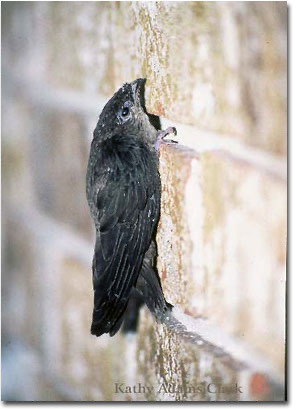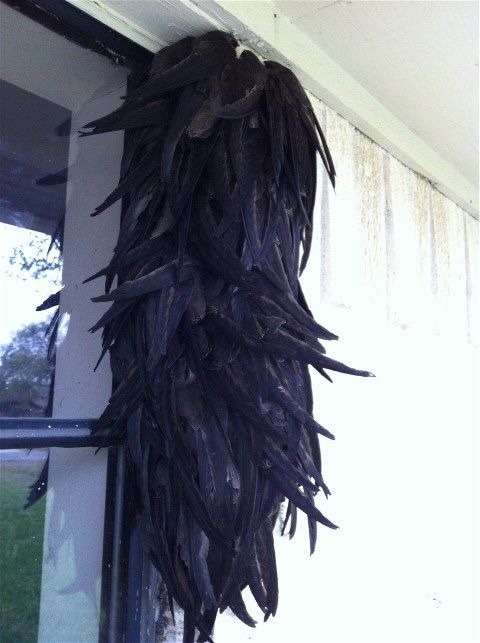Random Fact #3,517
Random Fact #3,517
A lightning spark can reach over 8 kilometres in length.

More Posts from Donutdomain and Others

i made my first infographic on a topic ive been very interested in lately: wings! ive seen a lot of anatomical sins relating to wings lately (i am not exempt from this) particuarly involving pterosaurs so i put this together to help artists who may be struggling with drawing wings. enjoy. i am also open to criticism on anatomy or errors
a digital artist’s guide to digital art guides
hi my qualification for writing this guide to youtube art tutorials (though it may be applicable to other forms of media as well) is that i have watched over (roughly) 200 art tutorials of various length, artistry, content, style, and more
when we’re told “look up guides online” there’s not really much more to say on how to approach our research and taking them in, so if you’re a little lost in the vast sea of art help like i was as a wee bab, then this may help!
General Use:
don’t feel bad for skipping - if something isn’t striking you as informative or helpful, don’t feel bad for moving right along and treating it like a sponsor
^ also applies for lengthy talking or deriving from the point, if you’re not up for it. you don’t need to sit through the artists’ whole spiel to learn how to draw hands.
if something isn’t making sense, reach out to communities for help, and go beyond youtube/tumblr. reddit and discord servers are also full of places to go to talk to more ppl
trust your gut! if someone’s style makes you go “hmm this feels wrong and objectifying”, it’s because it is - feel free to move right along
^ also applies for if it feels like the artist is just showing off and not explaining enough, or just posting for ego boost or to get coin.
… related tip but if an artist likes to rant about discourse as the primary thing on their channel, i know drama can be fun and juicy but please just avoid these people, because generally they’re either nasty and toxic-minded, or they seem to have some bs going on for them in the background
check out comments and online discussion to see how well received a popular artist is, and pay attention to their discourse to avoid any mistakes they unintentionally or even proudly display
the art program is not important!!! every art program has some level of similar functionality, some with more bells and whistles than others, and very rarely does one program lack a key tool the others don’t have. the hardest part is translating what your artist means when they say one thing but your program has another - but more often than not, some similar wording or like words are used for the same tool or setting.
^ this means you can watch that tutorial on how to draw legs for clip studio if all you have is firealpaca
Information over Entertainment! the best artists to find help in are ones who focus primarily on relaying information and less on colorful quirky editing - those kinds CAN be helpful, but in general i tend to find more useful tips in videos that feel more academic as opposed to more entertaining.
don’t feel bad for flatout ignoring advice. if you found something that works better for you, please use it. feel free to try new techniques as well if you’re feeling stuck or want a change of pace!
Terms and Conditions:
What words should you use when finding the right video? Think like a content creator, here. General words are best when searching for the right video, and in order to think of those words, you need to know the parts of art. Lines, anatomy, colors, values, background, perspective, etc - figure out which part or parts you struggle with, and use one term at a time.
What types of videos are for me? If you are a Fresh Brand New Baby Beginner Artist that doesn’t even know much about art letalone art programs, then stick to tutorials that are labelled “for beginners”. If you know your way around an art program but you’re still pretty new, then your average art tutorial should be most helpful. More entertaining artists should be ok to start with! If you know your way around art but not programs, look for “art program reviews”, then once you’ve picked one or a few to mess around with (though I really recommend one at a time), look for “(program name) intro to / introductory”. And if you are well aware of everything I’ve listed, then you’ll be needing “intermediary / intermediate” tutorials. These ones are best given by master artists who focus on academic presentation. If you’re a master, you don’t even need this tumblr post wyd 😂
Are you guys aware of chimney swifts??
They’re in the same order as hummingbirds and, in some positions, you can see the resemblance

But like… a hummingbird that’s cosplaying as a falcon.

Sleek. Efficient. Aerodynamic. Perfectly optimized.
Also they like to sleep in chimneys, hence the name, and when they perch they become very very flat


They also like to sleep in groups

Anyway 10/10 weird little beast. Love these little flat fuck hummingbird falcons

Random Fact #3,062
The wind on Neptune can blow at speeds of 2,000 km/hour.

The winds causing the Great Dark Spot specifically have been measured to be around 1,127 km/hour.

Writing Tips
Descriptions in Between Dialogue
✧
⤠ how characters interact with the environment
⇝ moving something, picking something up, looking somewhere
⤠ how the environment interacts with the characters
⇝ weather, other character’s actions or movements
⤠ gestures
⇝ facial expressions, body language
⤠ shifts in position
⇝ standing, sitting, leaning, shifting weight, crossing arms/legs
⤠ physical reactions
⇝ body temperature, fidgeting, heart rate, character quirks
⤠ environmental descriptions
⇝ descriptions using the five senses, setting, character’s appearances
⤠ internal dialogue
⇝ emotional reaction to what was said, reflection of past experiences, connections to other characters/settings/actions
➵ I want to reiterate… descriptions using the five senses ; when in doubt, think of the five senses your character is experiencing and pick what best moves the story forward
![[ Download Link ]](https://64.media.tumblr.com/5f429d178bb1fe4870a8c6931415c38e/1c195b3b919b6bc0-22/s500x750/9f3e89788ae15eab900a39fc63f99bd7a543868d.jpg)
![[ Download Link ]](https://64.media.tumblr.com/6dd33d9a47c84fae4004c3891a069032/1c195b3b919b6bc0-70/s500x750/7a350518ca98cd34cd6e5fa9cd463fb933dbcf11.jpg)
![[ Download Link ]](https://64.media.tumblr.com/c6bcee52d8e78ba0e31e786b91f81fc1/1c195b3b919b6bc0-03/s500x750/735d52cfd62421cf43e46a8a710f76dad2c52707.jpg)
![[ Download Link ]](https://64.media.tumblr.com/87c3f0ff1da8e8a917485898808bd63b/1c195b3b919b6bc0-64/s500x750/62e90c66492ac189a3325bbd25965dd635cc65b7.jpg)
![[ Download Link ]](https://64.media.tumblr.com/133564050990bca016611a68fa71a2de/1c195b3b919b6bc0-c1/s500x750/87ea85696f416c49b91f8f64754306f4208b6726.jpg)
![[ Download Link ]](https://64.media.tumblr.com/9a2582c5d3abc3f5cf6ce4587482f493/1c195b3b919b6bc0-c5/s500x750/19c8f03ee111f028acd365ae95b24a04a72e60d9.png)
[ Download Link ]
As promised, it’s finally here! Thank you to all of my patrons for not only the support that made this possible, but for giving me the confidence to work on a big project like this.
Rather than providing any drawing instruction, what this writeup aims to do is help you learn to unpack the decisions being made in a given composition, and articulate what elements in a piece are responsible for its impact. Being able to isolate these qualities in your own art and art that inspires you opens up avenues for improvement regardless of medium, style, or technical skill. This is the first of hopefully many PWYW art ‘tutorials’ from me.
I hope you all enjoy!
-
 donutdomain reblogged this · 3 years ago
donutdomain reblogged this · 3 years ago -
 fairydonut549 liked this · 3 years ago
fairydonut549 liked this · 3 years ago -
 kawiza reblogged this · 3 years ago
kawiza reblogged this · 3 years ago -
 gooddiscworldomens liked this · 4 years ago
gooddiscworldomens liked this · 4 years ago -
 factoidfactory reblogged this · 4 years ago
factoidfactory reblogged this · 4 years ago

I just reblog fun facts/tipsScience, nature, geology facts etc! + art & writing tips!
67 posts



